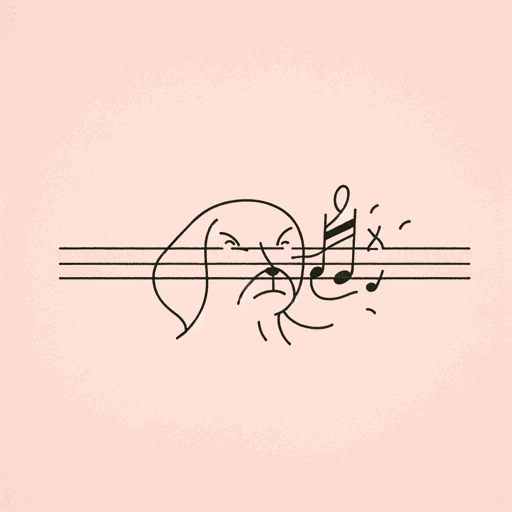19 pages • 38 minutes read
Billy CollinsLitany
Fiction | Poem | Adult | Published in 2002A modern alternative to SparkNotes and CliffsNotes, SuperSummary offers high-quality Study Guides with detailed chapter summaries and analysis of major themes, characters, and more.
Themes
The Artificiality of Metaphorical Language
Classic love poems in the blazon tradition rely on hyperbolic comparison to praise the beloved, providing a list of superlative attributes modified by similes or metaphors that stress the unreal perfection of the poem’s subject. Like blazon’s parodic opposite, counterblazon, Collins’s poem uses metaphors to create distance between subject and comparison, highlighting the ways in which metaphor fails to properly capture the beloved, putting them on a pedestal rather than exploring intimate connection.
Many of the poem’s metaphors use traditional nature imagery, referencing for instance, “the dew on the morning grass” (Line 3), “marsh birds suddenly in flight” (Line 6), or “the field of cornflowers at dusk” (Line 15). These poetic visuals provide only surface emotion, however. A reader would have no way of identifying the speaker’s beloved based on this kind of description. Instead, Collins offers two other sources of deeper connection: either metaphors based on specific personal references, such as the declaration that the beloved is “the pigeon on the general’s head” (Line 13) while the speaker is “the basket of chestnuts on the kitchen table” (Line 24), or the invitation to share humor and experience, illustrated in the slightly varied 







Related Titles
By Billy Collins

Another Reason Why I Don’t Keep A Gun In The House
Billy Collins

Forgetfulness
Billy Collins

Introduction to Poetry
Billy Collins

On Turning Ten
Billy Collins

Some Days
Billy Collins

The History Teacher
Billy Collins

Today
Billy Collins
Featured Collections
American Literature
View Collection
Appearance Versus Reality
View Collection
Books & Literature
View Collection
Comedies & Satirical Plays
View Collection
Earth Day
View Collection
Marriage
View Collection
Short Poems
View Collection
Truth & Lies
View Collection
Valentine's Day Reads: The Theme of Love
View Collection
